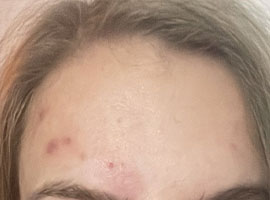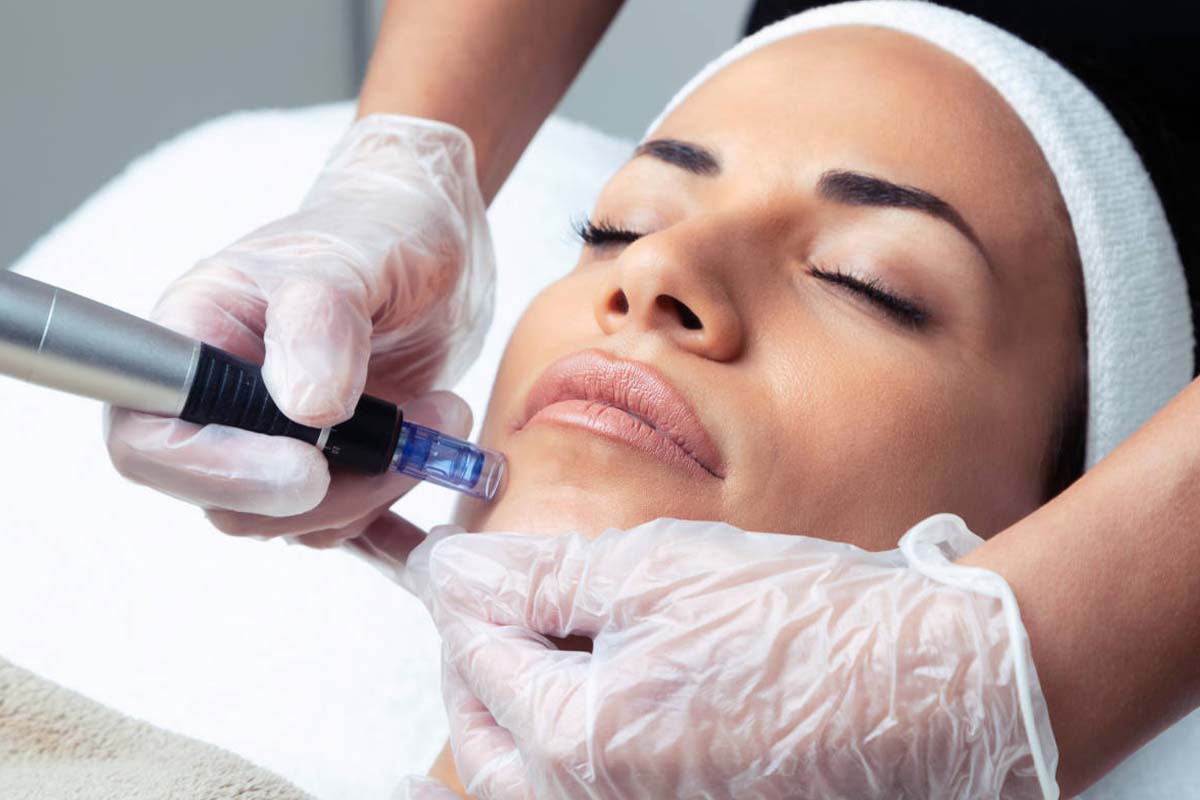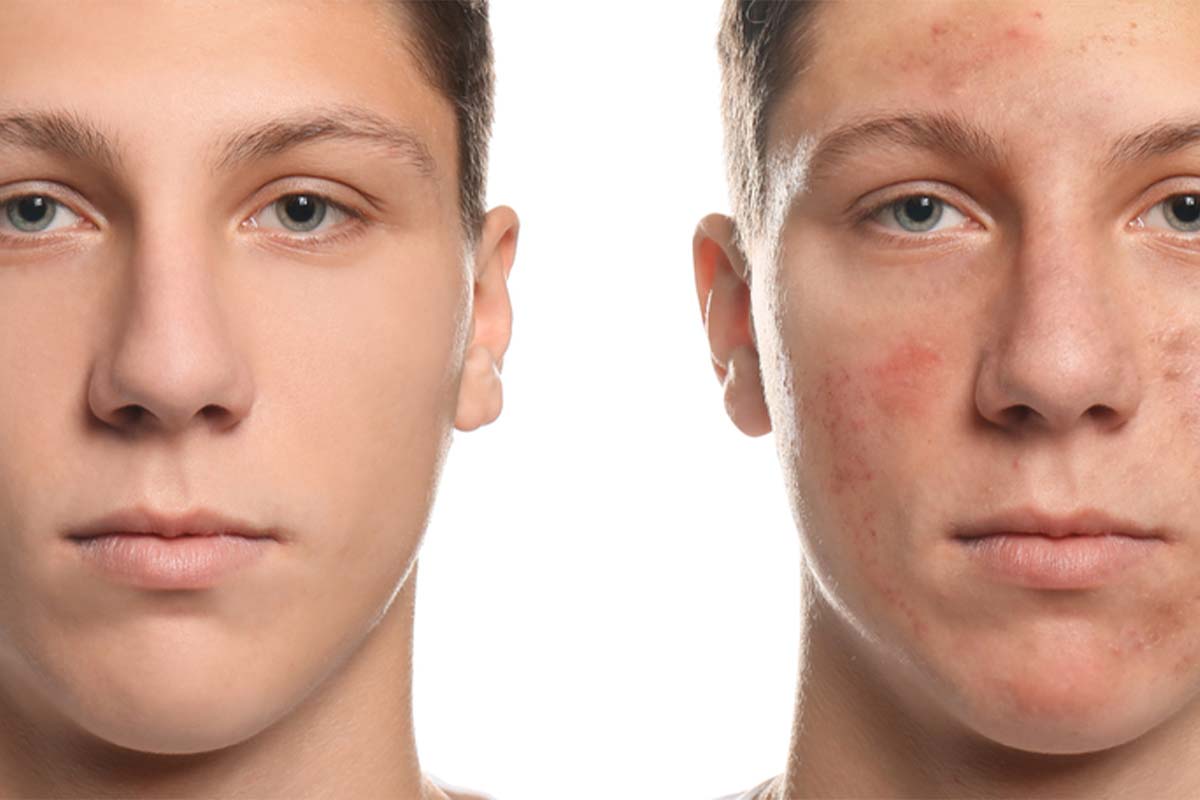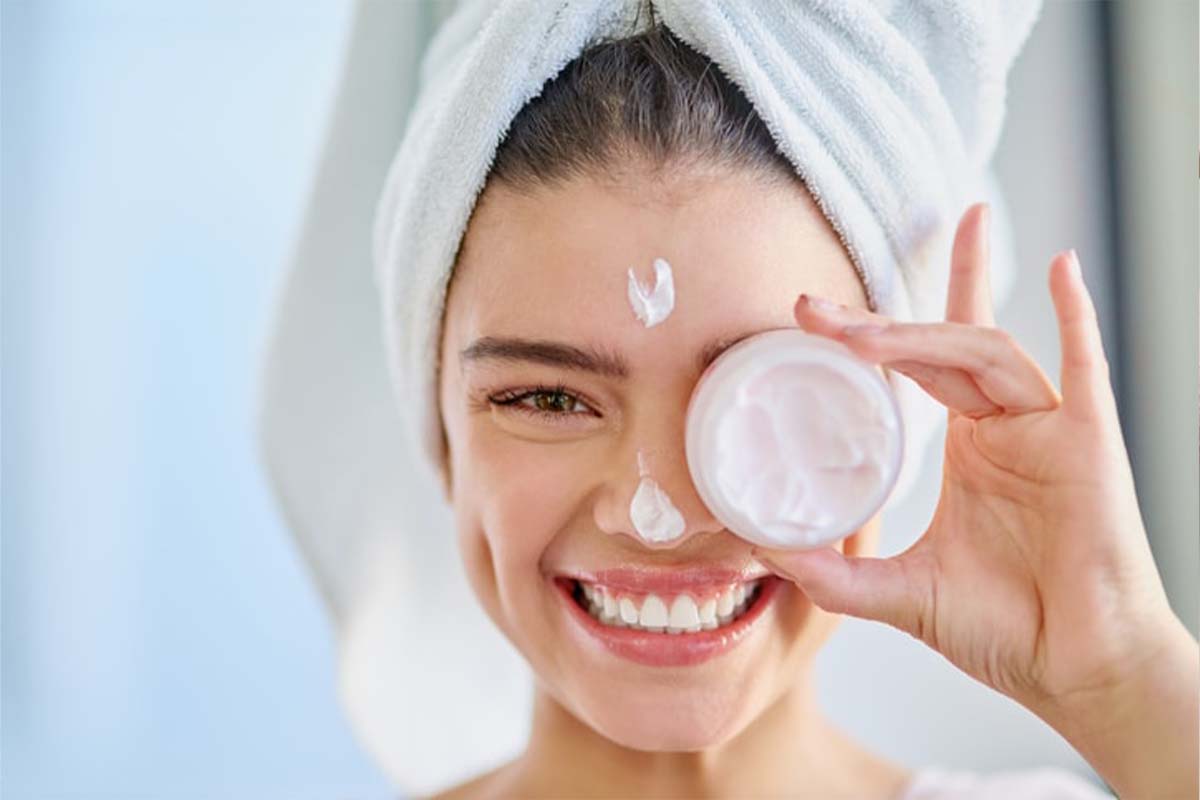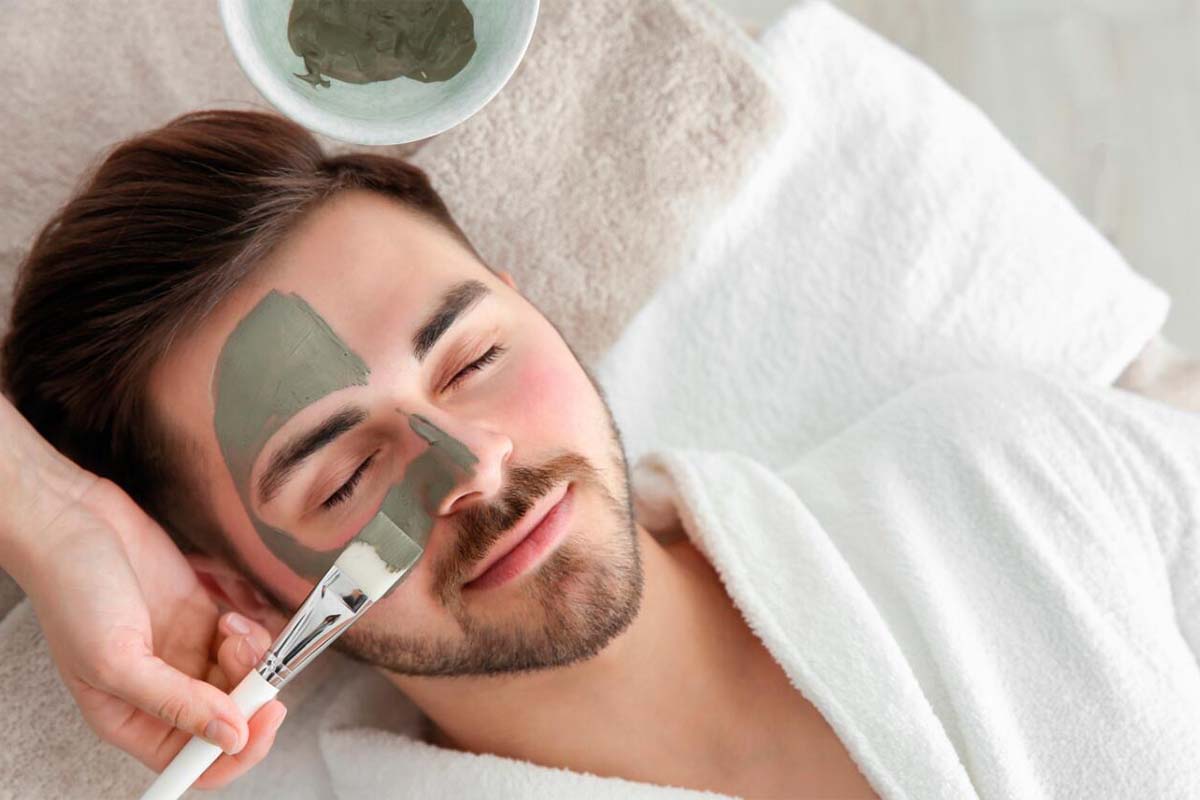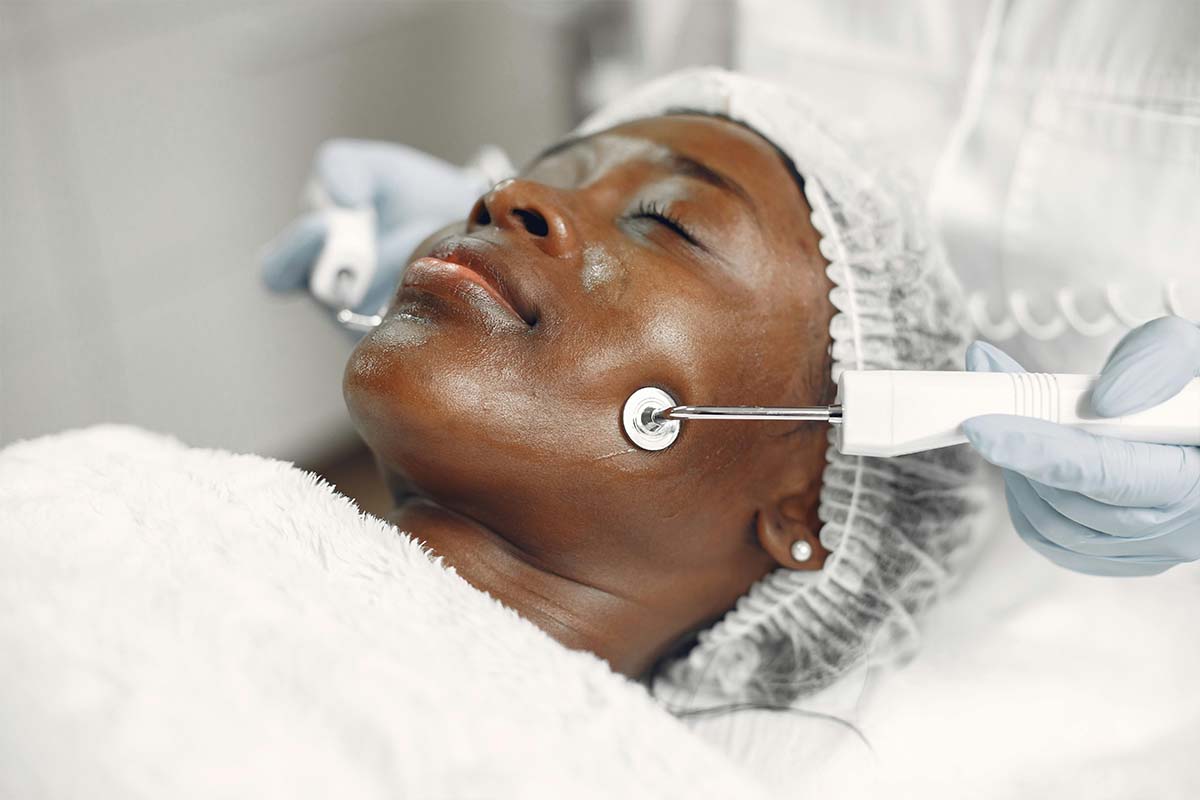Dermarollers
Manual microneedling, also known as dermarolling, involves using a handheld device called a dermaroller. The dermaroller is equipped with a cylindrical drum studded with fine needles. During the procedure, the dermaroller is rolled over the skin, creating controlled micro-injuries.
This method is suitable for addressing mild to moderate skin concerns and is often used for home treatments or by skincare professionals.
;
Microneedling Pen
Motorized microneedling utilizes a pen-like device equipped with a disposable needle cartridge. The device contains a motor that controls the speed and depth of needle penetration into the skin. Motorized microneedling pens allow for precise control over the treatment parameters, including needle depth and intensity, making them suitable for targeting specific skin concerns with varying depths of penetration.
This method is commonly used in professional settings and can provide more consistent results compared to manual microneedling.
;
Radiofrequency Microneedling
Radiofrequency microneedling combines traditional microneedling with RF energy. In this method, the microneedling device delivers RF energy into the deeper layers of the skin, heating the tissue and stimulating collagen production. RF microneedling can enhance the tightening and firming effects of traditional microneedling, making it particularly effective for addressing skin laxity, wrinkles, and sagging.
This method is often preferred for individuals seeking more significant skin tightening and rejuvenation.
;
Fractional Needling
Fractional microneedling involves creating microchannels in the skin with a fractional microneedling device. Unlike traditional microneedling, which treats the entire surface area of the skin, fractional microneedling selectively targets specific areas, leaving surrounding tissue intact. This fractional approach allows for more precise treatment of localized concerns, such as acne scars or fine lines.
Fractional microneedling can achieve significant improvements in skin texture and tone with minimal downtime.
;







 Turkey
Turkey Switzerland
Switzerland


